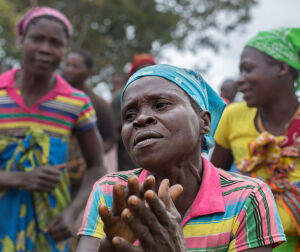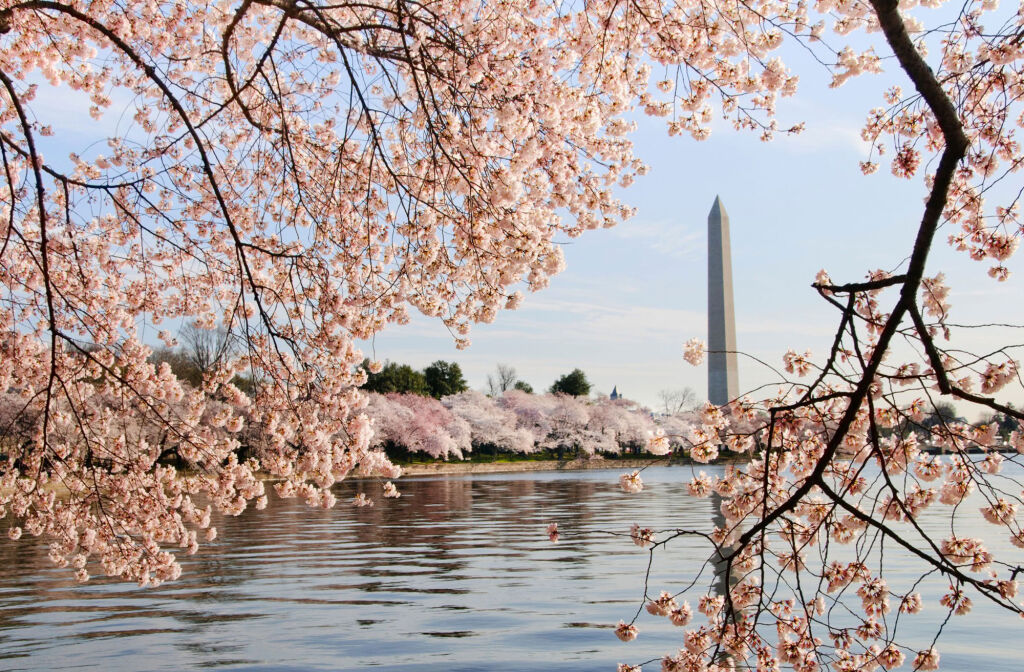Planet Word and Climate Change
Recently, a friend doing research on the effects of climate change on a variety of organizations asked me how climate change had affected Planet Word.
At first, I thought there would be little connection — after all, we aren’t geographically vulnerable to extreme weather events — but in fact climate change and energy considerations touch every aspect of our museum, from how it was built to how it breathes as a living building to the very content of our interactive exhibits.
Start with the building:
Planet Word occupies an 1869 historic landmark building that was in a terrible state of disrepair when I was awarded a 99-year lease by the District of Columbia in return for rehabilitating it. Post-restoration, the building would need to earn at least LEED Silver status, as do all D.C. construction projects.
But with a really old, historic building that can be quite a challenge. First, we had to abate the build-up of hazardous substances like lead paint, black mold, and asbestos. Then, to preserve the 116 original, leaky, towering, single-paned windows, while ensuring that our high-efficiency new HVAC systems would run optimally, we had to add “performance panels” (basically storm windows) to all those windows. We also installed a sophisticated building management system to regulate when lights, cooling, and heating would go off and on.
We planted a perimeter of green roof and arranged drainage so we could collect rainwater in an underground cistern. We installed efficient LED lights and reused existing historic, decorative shafts to circulate fresh air in the building, as had been originally designed.
All those building decisions made sense in terms of reducing energy consumption and reducing costs — they’re smart, economic, and healthy choices. But it’s when we look at Planet Word’s gallery content that we realize just how much climate change reaches inside, too, touching words and language, not just infrastructure.
In our oratory gallery, for example, one of the speeches visitors themselves can give is a 1992 speech delivered by 12-year-old Severn Cullis-Suzuki to the U.N. conference in Rio, at the time when countries were working together to protect species and prevent ozone depletion. They can watch Dr. Seuss’s 1971 book The Lorax come to life in our Library, chronicling the plight of the environment in a forest of Truffala Trees. In the I’m Sold! gallery, about the techniques of persuasion, our exhibit on mis- and disinformation helps visitors be alert to false messages about climate change (and other issues, too).
And recently we produced a fascinating virtual program on Language & Climate with author and environmentalist Alice Bell, who asked whether any fuel is truly “clean” or just “cleaner”? Whether the label “sustainable” is backed by research? What “environmentally friendly” means? Her remarks encouraged us to think carefully about the words we use when speaking about environmental issues.
But it is in our Spoken World gallery, where 30 “language ambassadors” teach mini-lessons about their native tongues, that climate change most directly touches our content. Those 30 languages represent a tiny sliver of the estimated 6,000 or so still spoken in the world today. But just a couple of decades ago, we might have counted upwards of 7,000 languages being spoken.
Language loss happens for many reasons, but climate change is an immediate, pressing one. Climate change and ensuing economic disruption — crop failures, drought, deluge, displacement, disease, and even warfare — are driving people out of villages and their isolated linguistic safe-havens. As people leave home in search of stability or sustainable livelihoods, language loss accelerates. What we’re witnessing is a language extinction event going hand in hand with species extinction and the resulting, often-permanent, loss.

Women from the chi-Duma ethnic group who live in Gorongosa Park in Mozambique face challenges to their livelihood and language from climate change.
One of Planet Word’s supporters, Greg Carr, the environmentalist who has worked to restore Mozambique’s Gorongosa National Park, wrote me that besides restoring the park’s endangered wildlife, his team is now working with the Indigenous people living in the park to bolster them against the threat of a drier climate and its related language-loss ramifications. They are hiring the Indigenous people in the park to grow coffee trees and restore the native rainforest in hopes that this will help them lead sustainable lives…and keep their language intact.
On Dec. 13, 2022, Planet Word will be participating in UNESCO’s launch of the International Decade of Indigenous Languages. This initiative will bring global attention to the importance of preserving Indigenous languages and the threats they are facing — a main one being climate change. Preserving Indigenous languages is crucial to ensure “human dignity, peaceful co-existence…as well as the transmission of centuries-long knowledge, history, world views, beliefs, and traditions, bequeathed from generation to generation…”
As UNESCO’s Global Action Plan asserts: “It is through languages that people embed their worldviews, memory and traditional knowledge, alongside their unique modes of thinking, meaning and expression…it is through language, too, that they construct their future.”
Our rich cultural heritage and our human superpower, language, are both under assault from climate change as seen both inside and outside the walls of Planet Word. If we care about words and language, we must do all we can to draw attention to the climate challenge and confront it in any way we can.
— Ann Friedman, founder of Planet Word


